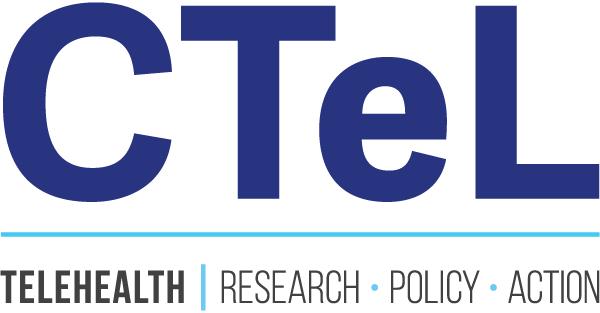Advancing Telehealth and Supporting Nurses: The Path Toward Safer, Smarter Care
The U.S. is in the midst of a healthcare workforce crisis, with over a million registered nurses holding active licenses yet choosing not to work at the bedside. Unsafe working conditions, chronic understaffing, and the increasing reliance on untested technologies have created an unsustainable environment for providers and patients alike. On January 16, 2025, National Nurses United (NNU) is leading a National Day of Action with marches, protests, and rallies across the country to demand systemic reforms. Nurses are calling for safe staffing levels, patient protections, and robust oversight of artificial intelligence (AI) technologies in healthcare. This collective effort highlights the urgency of addressing workforce shortages and the critical role of nurses in advocating for patient safety and equitable care.
Virtual Nursings Impact on Shortages
Virtual nursing and virtual nursing education have emerged as innovative solutions to address these challenges. By leveraging telehealth technologies, programs like those pioneered by Nightingale College, a valued CTeL member, are equipping the next generation of nurses with the skills and flexibility needed to succeed in a rapidly changing healthcare landscape. Virtual nursing models can alleviate burdens on overstretched providers by allowing experienced nurses to oversee multiple patient cases remotely, focusing on education, coordination, and monitoring while bedside care is delivered by onsite teams.
Evidence shows that these models can significantly impact the growing epidemic of provider shortages:
Increased workforce accessibility: Virtual nursing opens opportunities for rural and remote students to train and enter the field without needing to relocate, addressing geographic disparities in provider distribution.
Enhanced retention: Flexible scheduling options and reduced physical demands provided by virtual roles have been shown to increase job satisfaction among nurses, a critical factor in retention.
Reduced training barriers: Online nursing education programs can help meet the surging demand for providers more efficiently, training more nurses faster without sacrificing quality.
AI has Entered the Chat
Nurses across the nation are also calling attention to the negative impacts posed by unsafe AI practices in healthcare. As reported by NNU, the introduction of AI in hospitals has often prioritized cost-cutting over patient care, leading to alarming consequences. Nurses have shared experiences where AI-generated assessments conflicted with their clinical judgment, putting patients at risk. Through collective action and advocacy, nurses are demanding safeguards to ensure AI enhances, rather than undermines, their ability to provide compassionate, high-quality care. As stated by NNU, "Humanity is the heart of nursing," and any technological implementation must uphold this core principle.
As AI technologies become increasingly integrated into healthcare, safe and smart oversight is essential to ensure they enhance, rather than detract from, patient care. AI systems must be designed and deployed with transparency, accountability, and input from diverse stakeholders, including providers, patients, and technologists. CTeL continues to stress that AI should never replace human interaction but instead serve as a tool to empower clinicians and improve outcomes. By implementing rigorous governance frameworks and fostering multidisciplinary collaboration, healthcare organizations can avoid unintended consequences and build AI systems that prioritize safety, equity, and quality care.
What’s Next?
CTeL continues to advocate for the responsible integration of telehealth and AI, emphasizing the need for local solutions and safeguards that prioritize safety, transparency, and patient outcomes. In our comments to CMS on the CY2025 Physician Fee Schedule proposed rule, we stressed that “digital health technologies should not be a replacement for human interaction” and that structural barriers, such as broadband access and equitable funding for nursing programs, must be addressed to solve the workforce shortage sustainably.
“Digital health technologies should not be a replacement for human interaction.”
This moment presents an opportunity for stakeholders across healthcare to unite behind innovative, human-centered solutions. By supporting providers, investing in education, and ensuring technologies like telehealth and AI are deployed responsibly, we can tackle the workforce crisis and ensure quality care for all patients.
For more information on the events surrounding the National Day of Action, visit their website.


